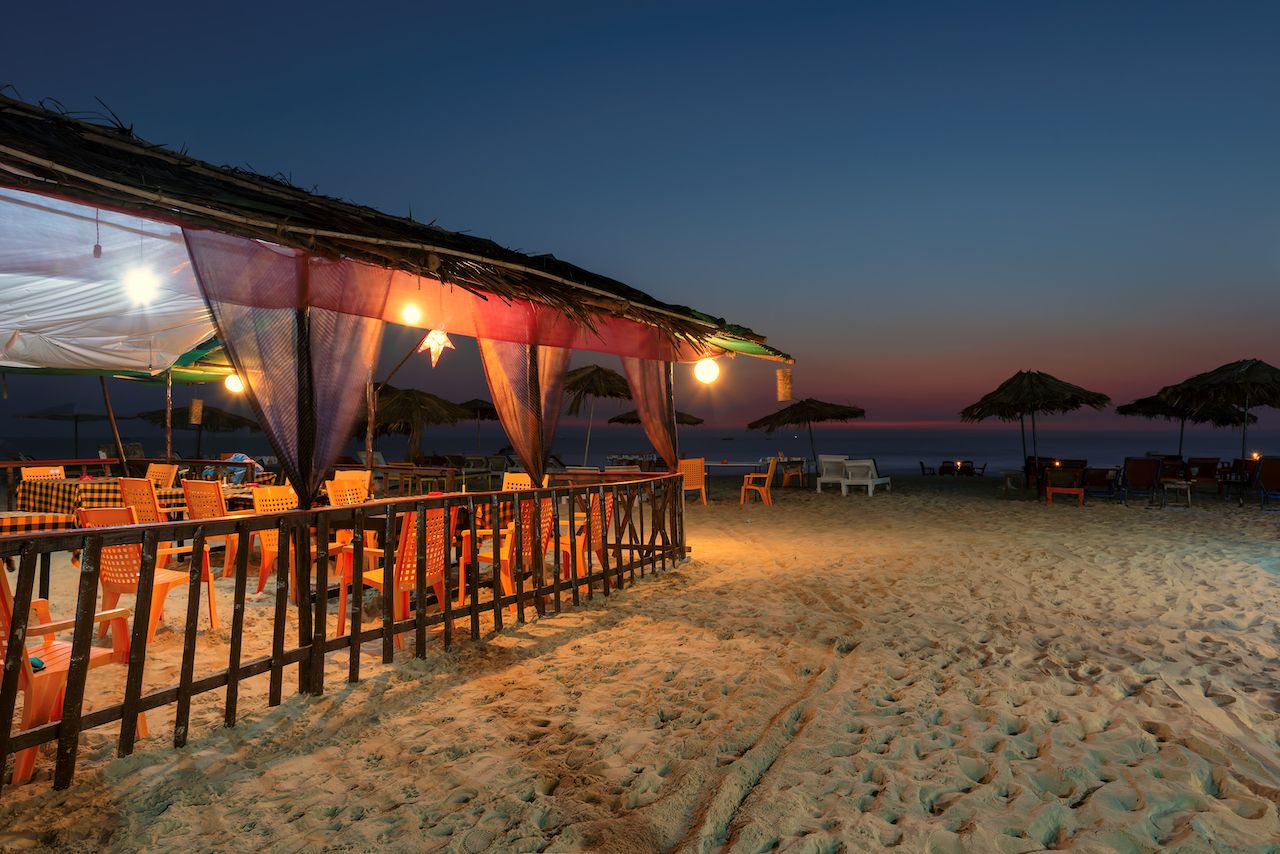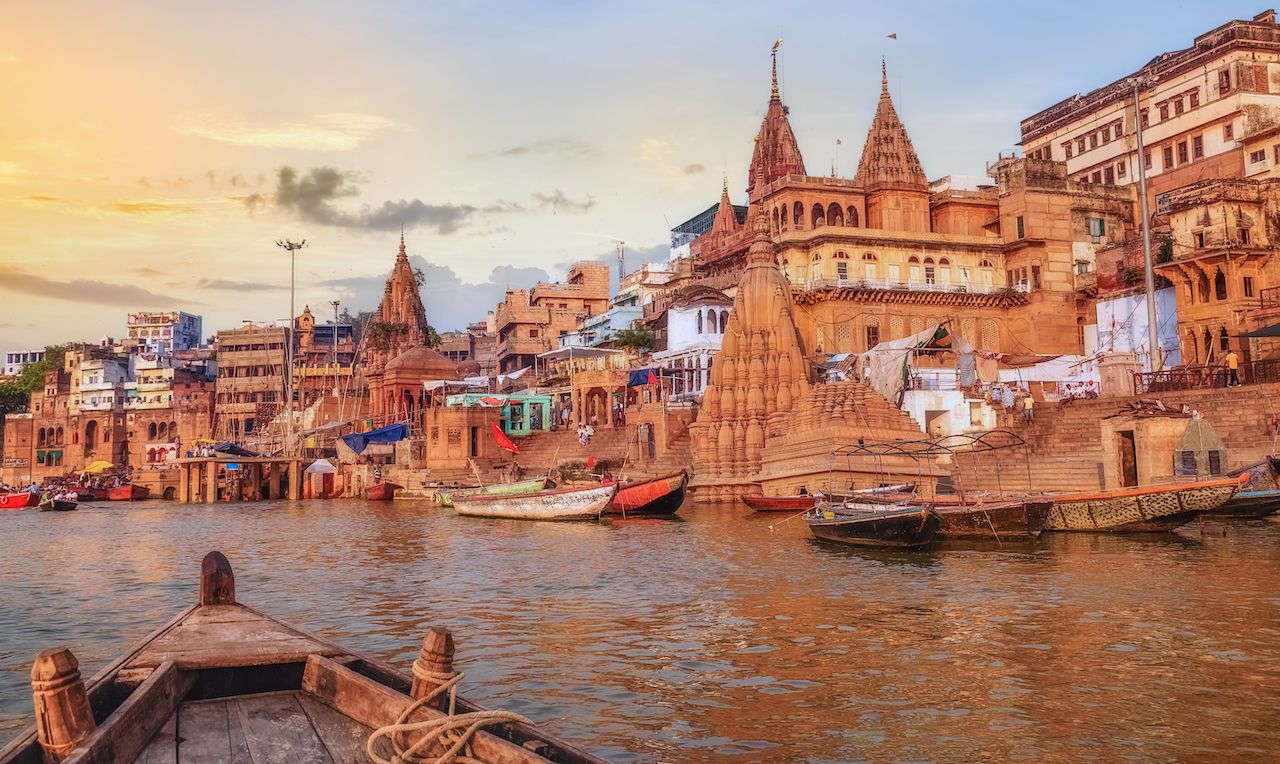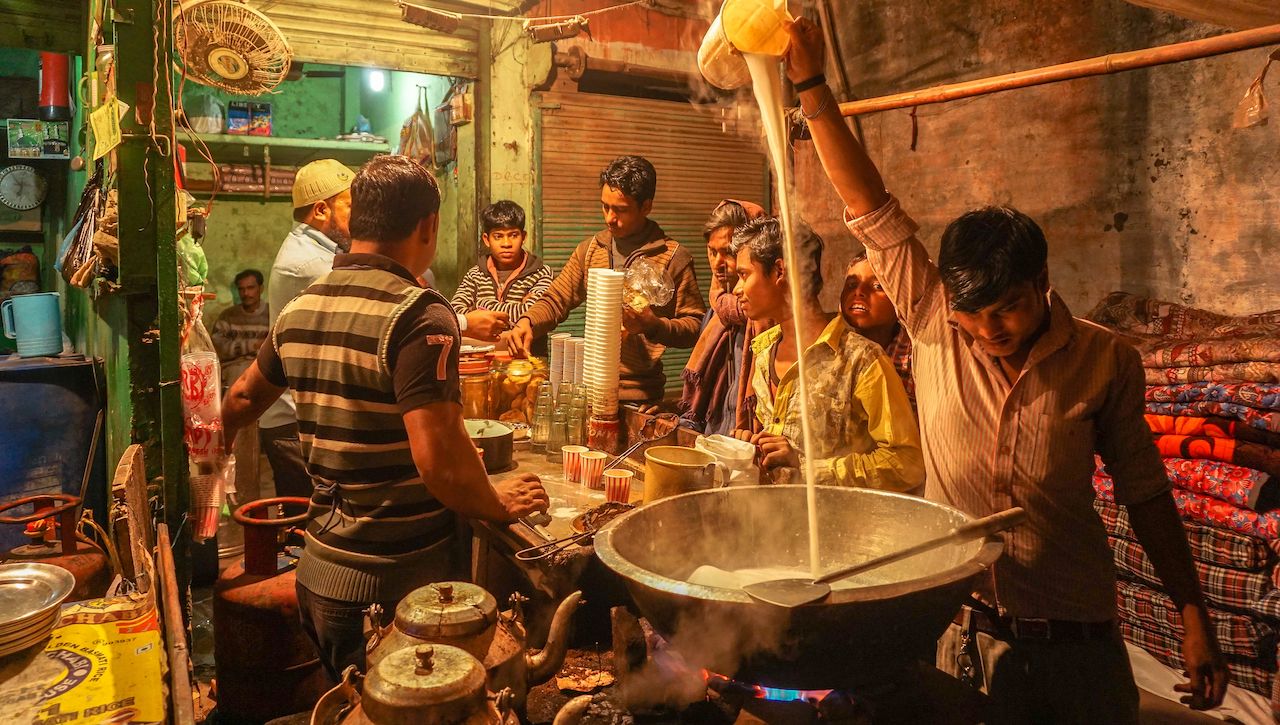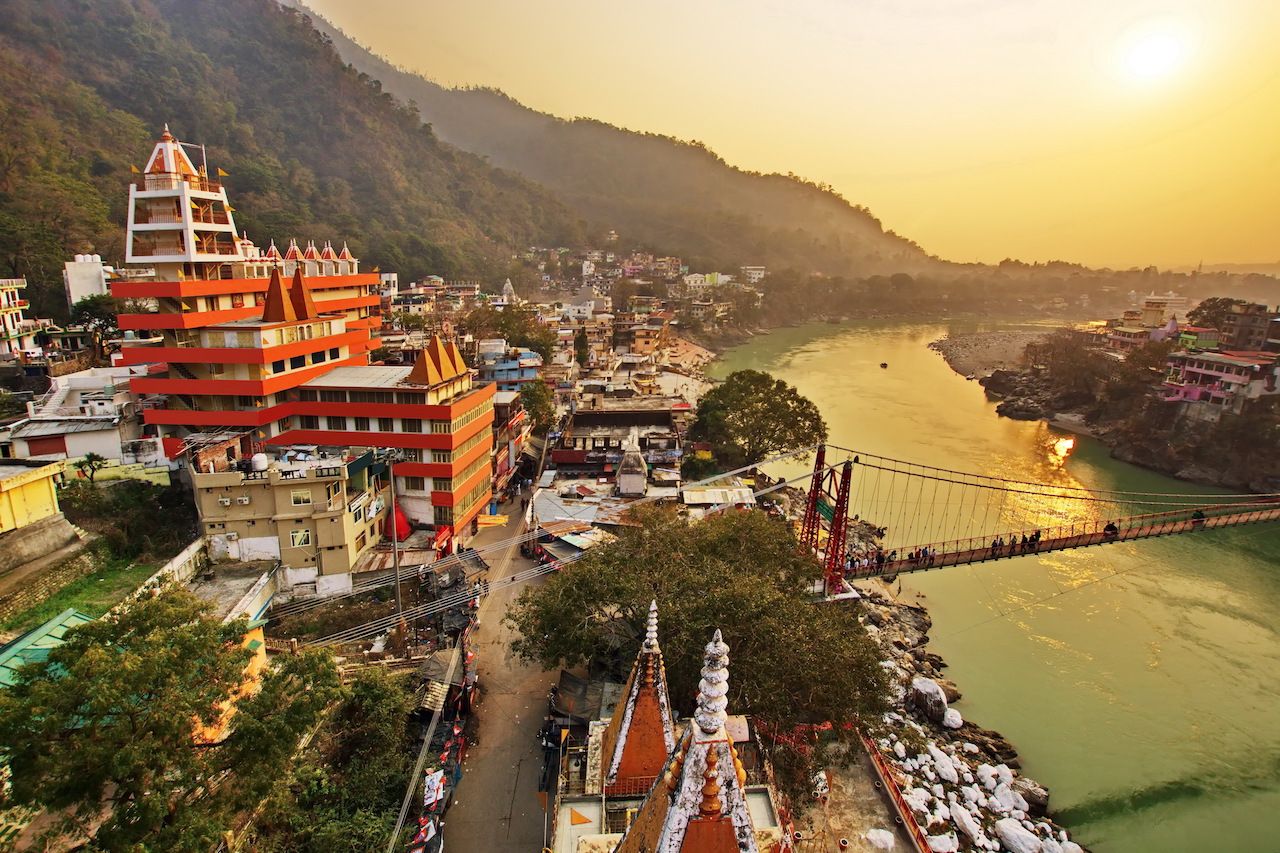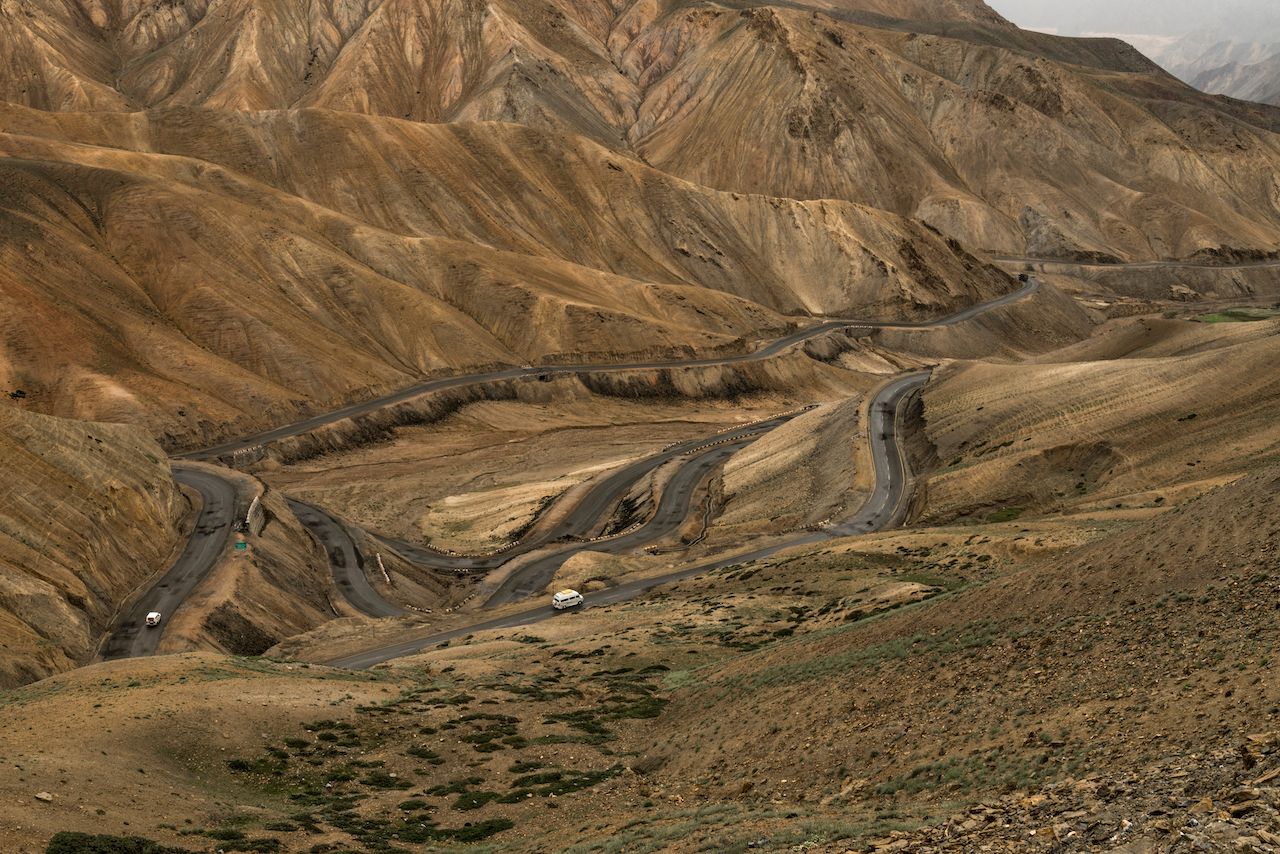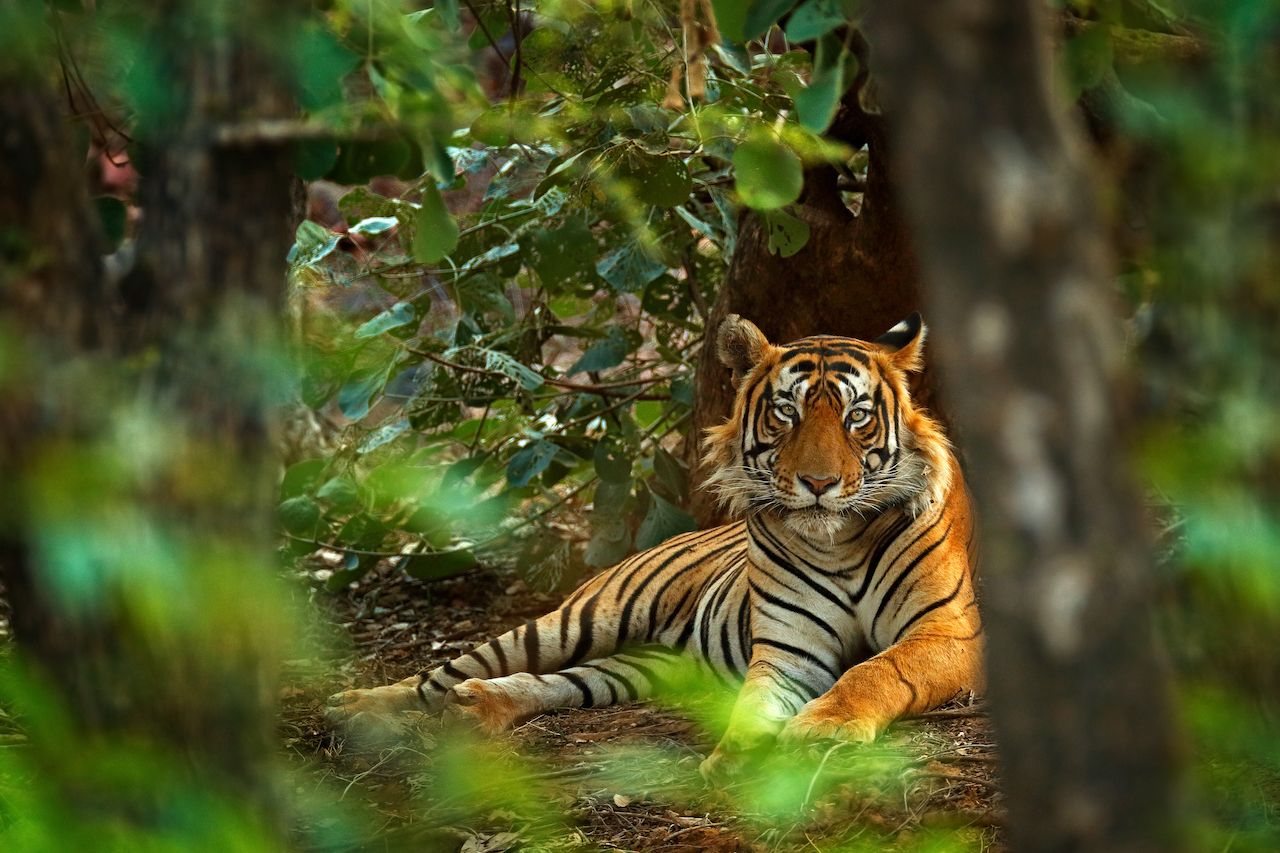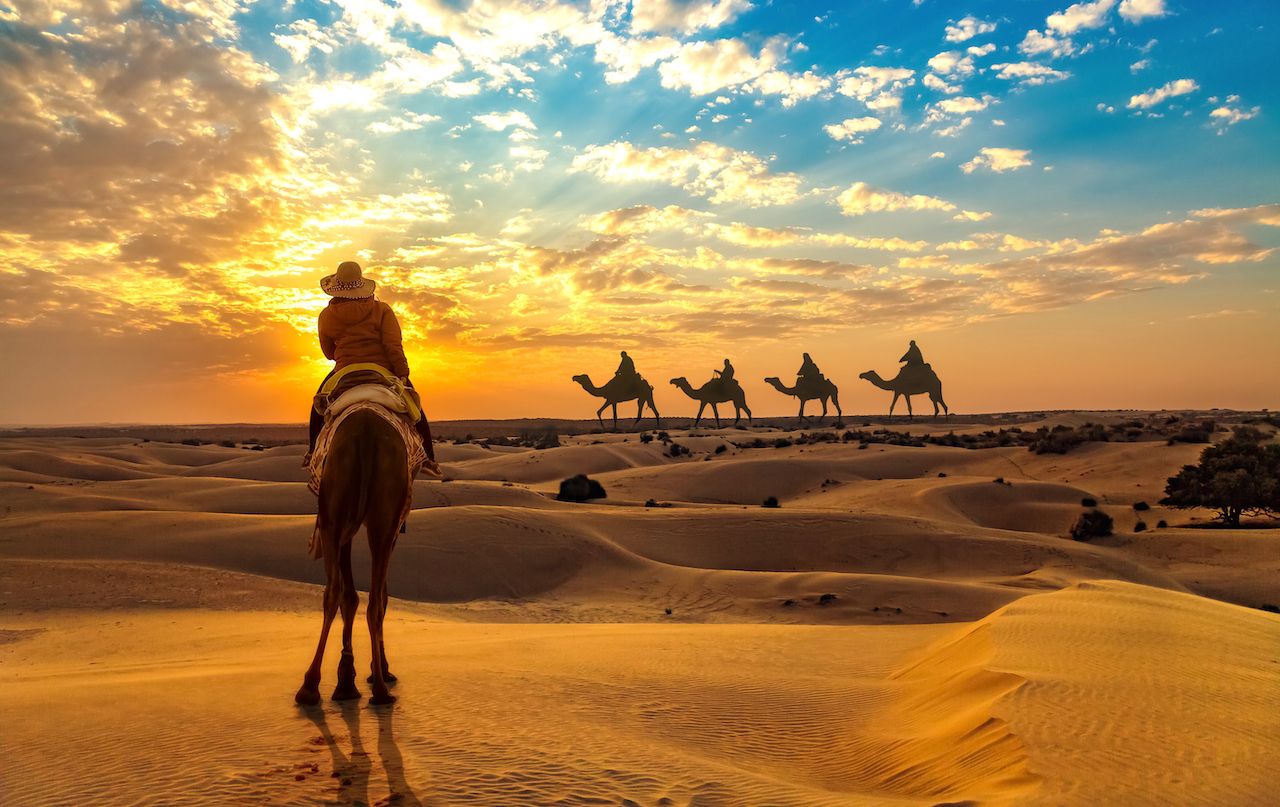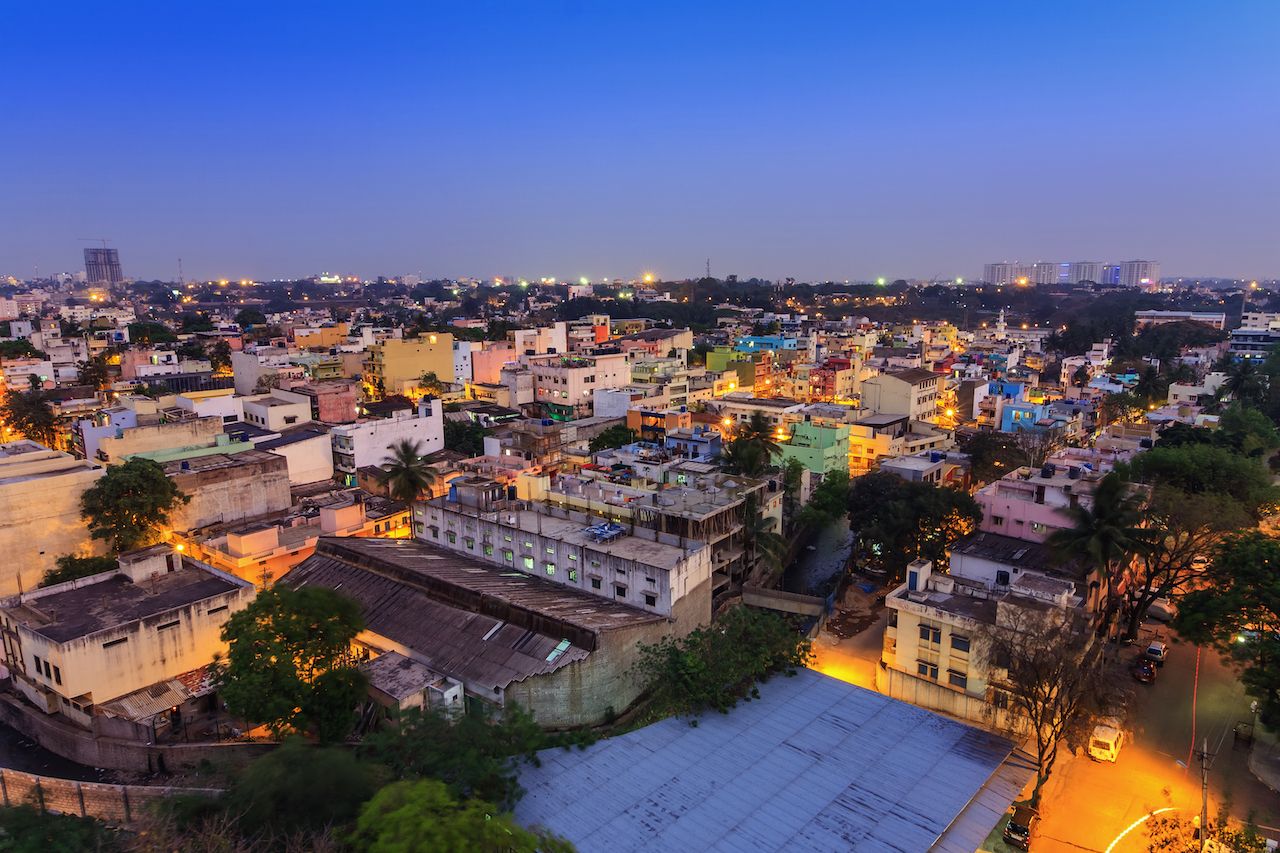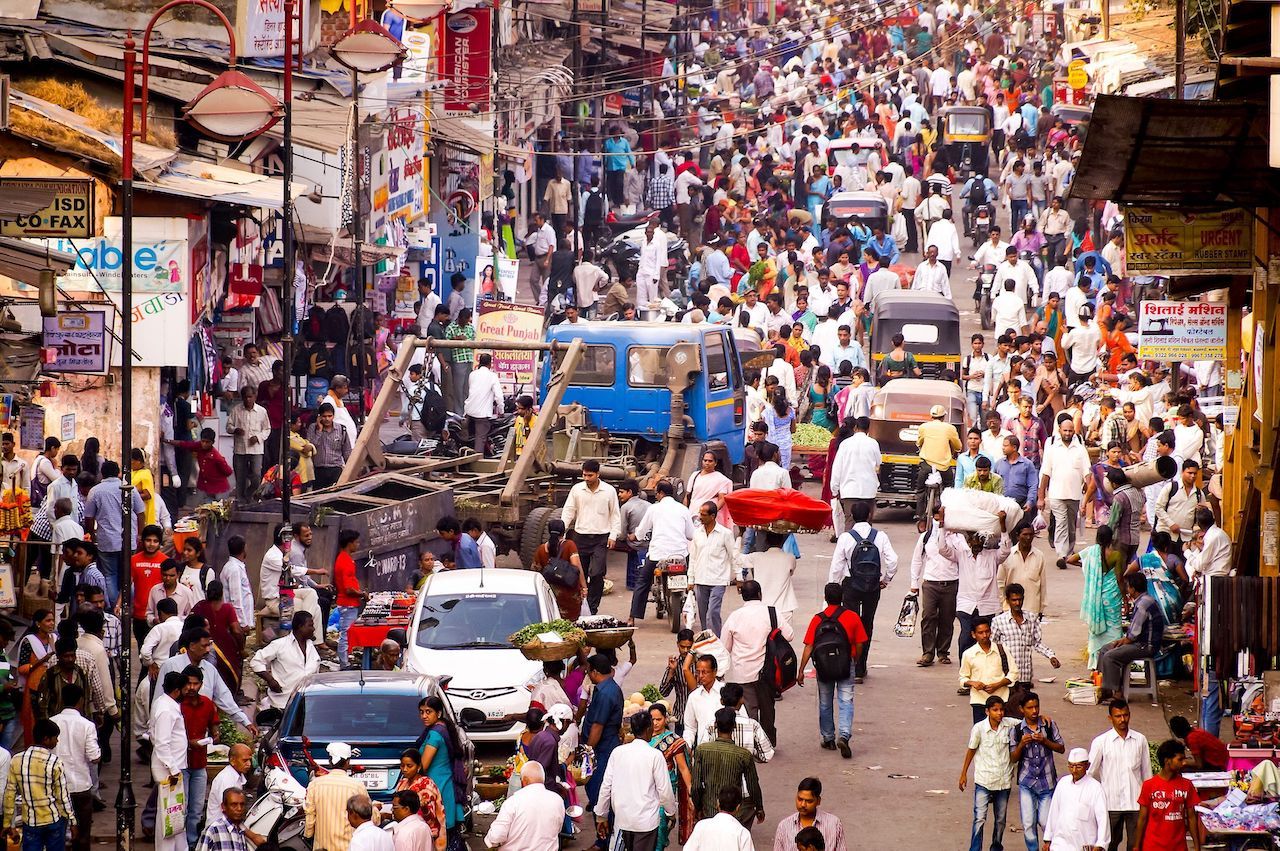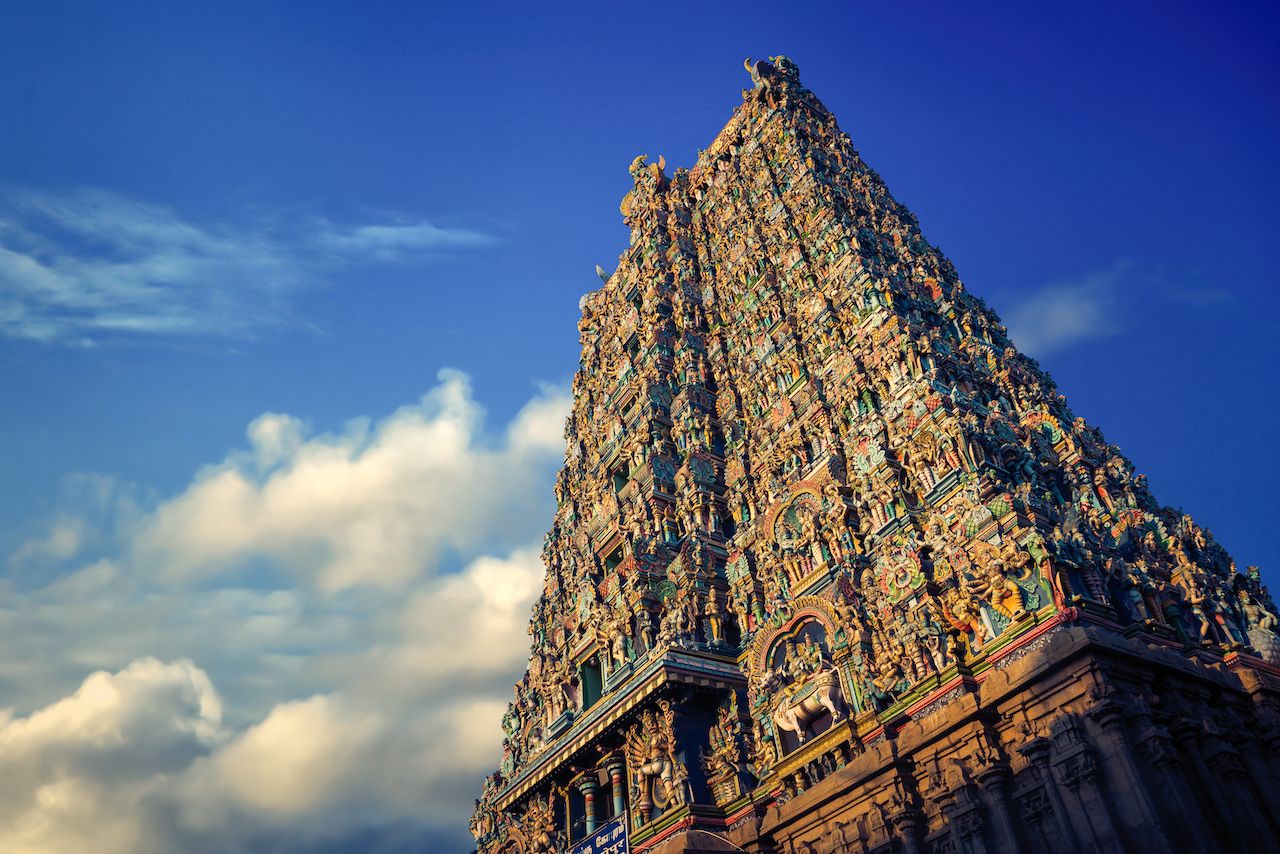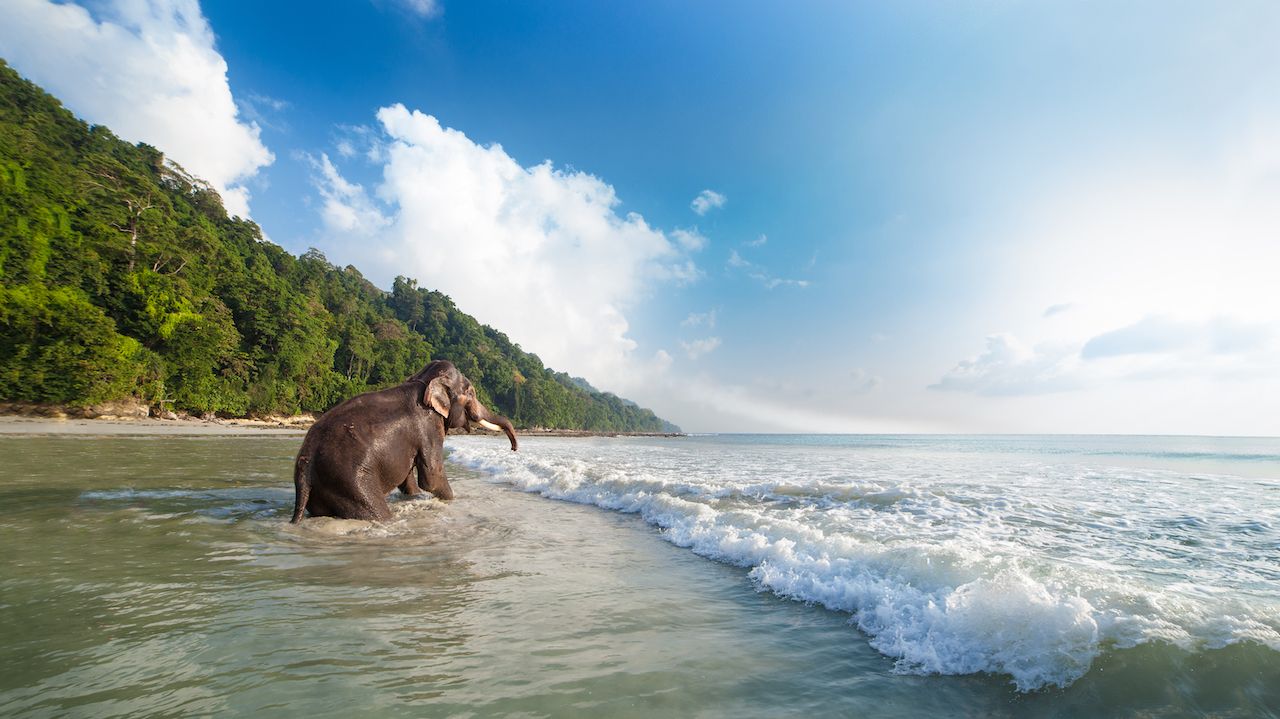No one in the history of travel has ever been indifferent to India. Some are instantly awed, tempted to cancel their return flights the moment they touch down. Others are immediately overwhelmed, frantically searching Google flights for the next red-eye out of there before even arriving at their hotel.
It’s true that India tends toward extremes, which for visitors can mean anything from hiding away in remote northern provinces for silent retreats to stealing away to southern beaches in search of raves that can rival Burning Man. But with a subcontinent’s worth of sights and cities to soak in, all it takes is some careful planning to have that Goldilocks experience, something that’s just right for you. To help, we’ve put together a list of the best places to visit for every type of travel.

